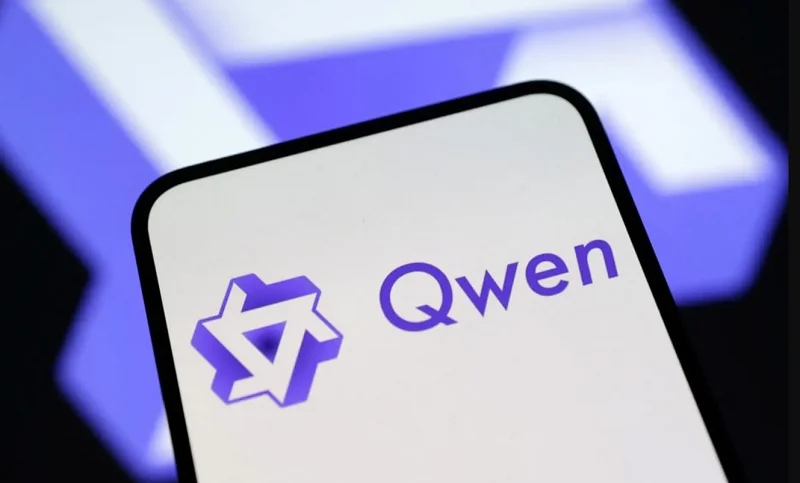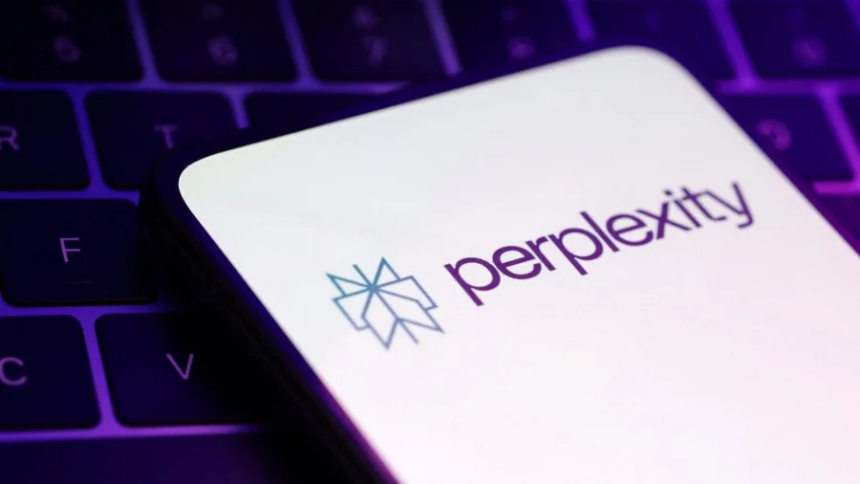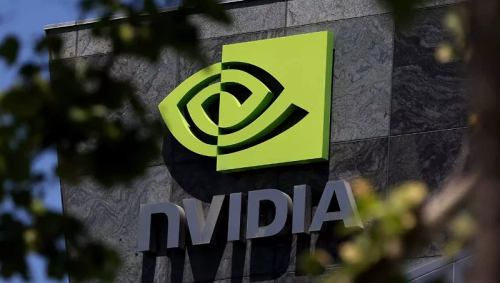Alibaba unveiled a new AI model, Qwen3, that is 10 times more powerful and cheaper than its predecessor.
Alibaba Group has open- sourced its new flagship AI model, Qwen3-Next. The developers claim that architectural innovations have made the model ten times more powerful than its predecessor while simultaneously reducing its training cost by a factor of ten.

Alibaba Group Holding has open-sourced its latest AI model, Qwen3-Next-80B-A3B. The model is built on a fundamentally new architecture, which, according to the developers, is ten times more powerful than the previous version while being ten times cheaper to create. The model was developed by Alibaba Cloud.
The new model, with 80 billion parameters, compares in performance to the flagship Qwen3-235B-A22B, but is optimized for efficient operation on consumer hardware. As the Qwen team reported on GitHub and Hugging Face, the implementation of architectural innovations has not only significantly reduced training costs but also increased the performance of some tasks tenfold compared to its predecessor, the Qwen3-32B.
This development is seen as part of a broader strategy by Alibaba Cloud and other Chinese companies to close the gap with their American counterparts through open source, making models available for use and modification by third-party developers. This has enabled Alibaba Cloud to transform Qwen into the world's largest open-source AI ecosystem.
In addition to the base model, the Qwen3-Next-80B-A3B-Thinking inference model was also presented, which, according to independent tests, outperformed similar developments in a number of indicators, including Google's Gemini-2.5-Flash-Thinking.
The efficiency gains were made possible by a number of technologies, including "hybrid attention" for simplifying the processing of long texts and a highly sparse "expert mixture" architecture, which splits the model into specialized subnetworks for an optimal balance of performance and efficiency. Other improvements include a "multi-token prediction" strategy and increased stability during the training process.
Share
What's Your Reaction?
 Like
0
Like
0
 Dislike
0
Dislike
0
 Love
0
Love
0
 Funny
0
Funny
0
 Angry
0
Angry
0
 Sad
0
Sad
0
 Wow
0
Wow
0





![Transfer/ Postings Senior Superintendent Police Hyderabad [Notifications]](https://pakweb.pro/uploads/images/202402/image_100x75_65d7bb0f85d5f.jpg)
![Amazing Text Animation Effect In CSS - [CODE]](https://pakweb.pro/uploads/images/202402/image_100x75_65d79dabc193a.jpg)






